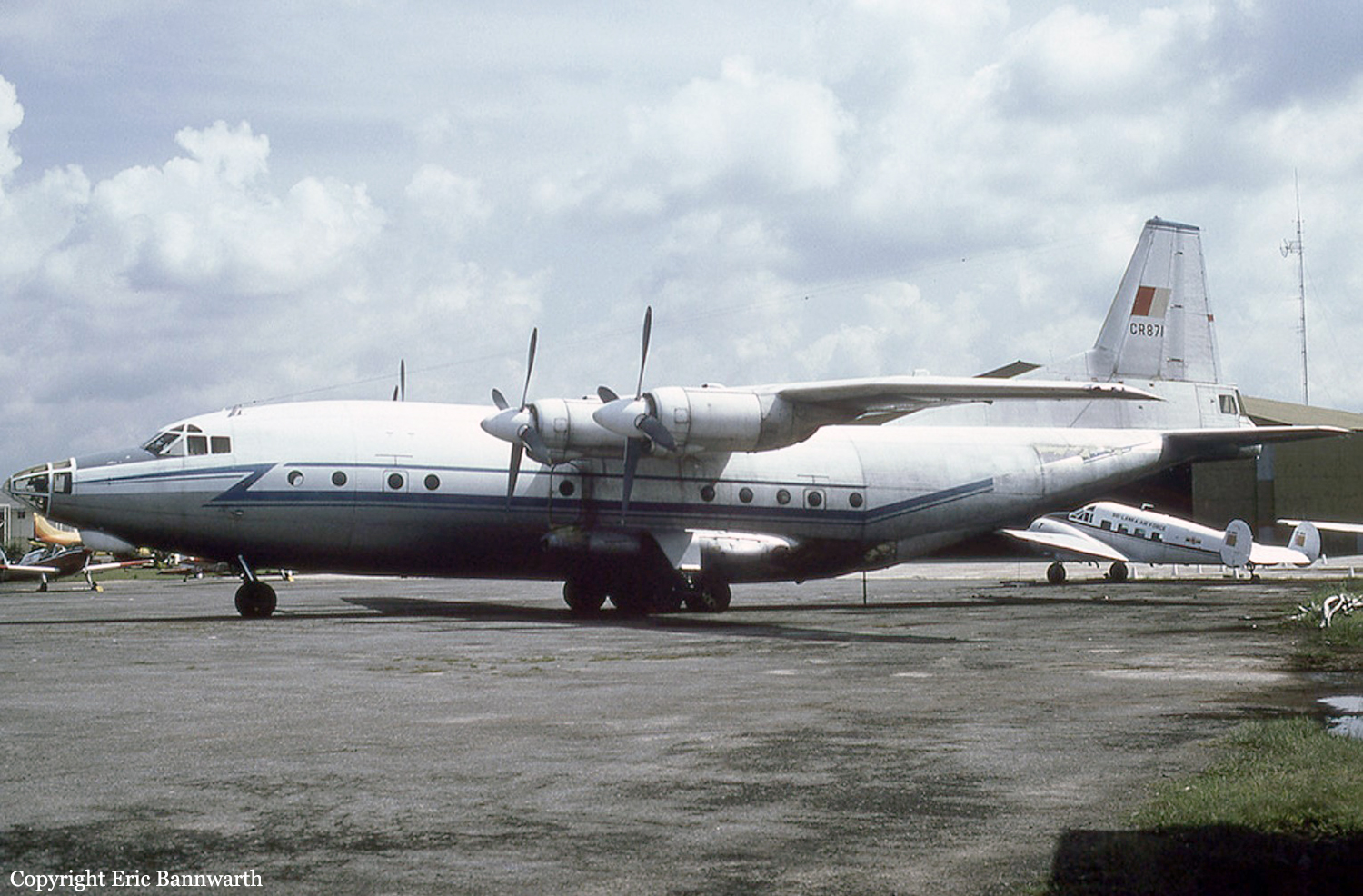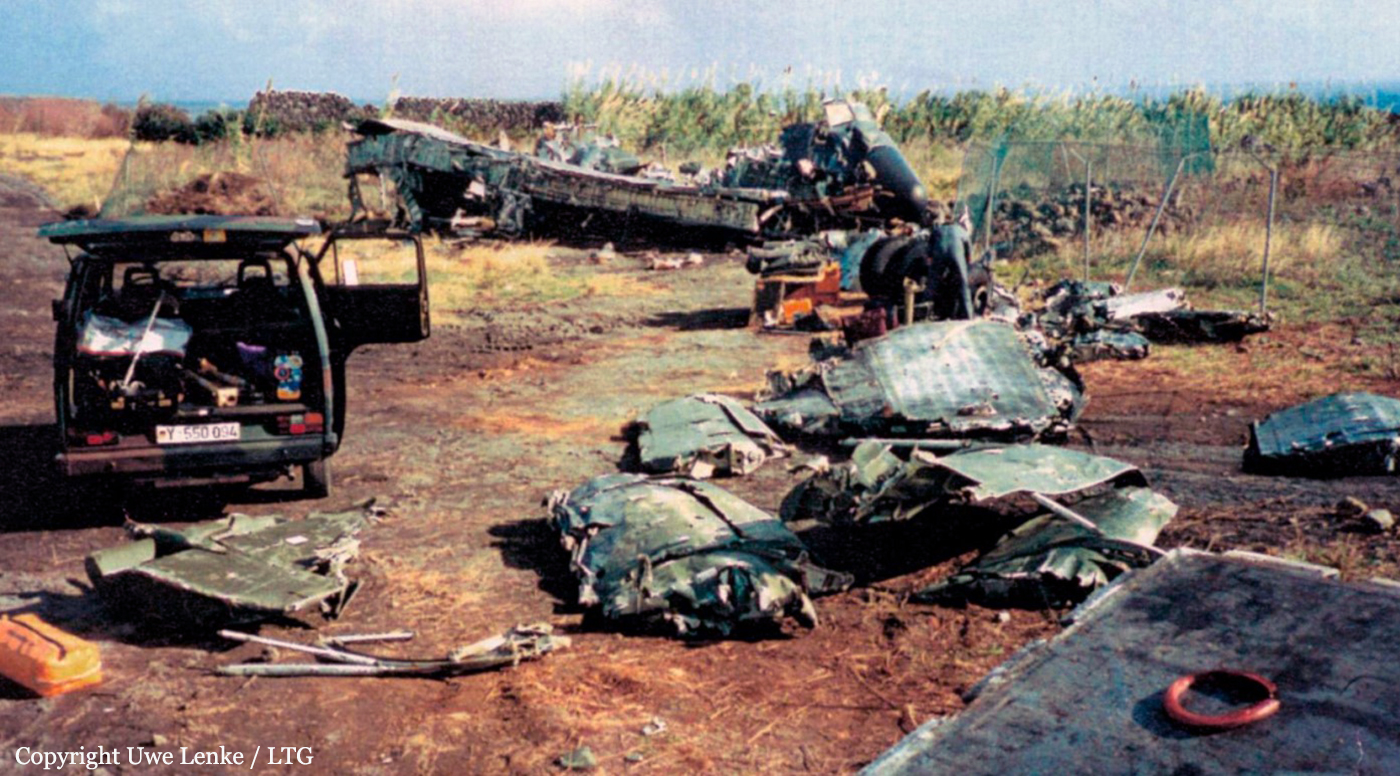Crash of an Antonov AN-32B off Palaly: 63 killed
Date & Time:
Nov 22, 1995 at 1720 LT
Registration:
CR-862
Survivors:
No
Schedule:
Colombo - Palaly
MSN:
35 03
YOM:
1995
Crew on board:
6
Crew fatalities:
Pax on board:
57
Pax fatalities:
Other fatalities:
Total fatalities:
63
Circumstances:
While on approach to Papaly Airport, the captain contacted ATC and requested that the approach lights intensity should be increased. Shortly later, the twin engine aircraft went out of control and crashed in the sea few km short of runway. All 63 occupants were killed.
Probable cause:
It is believed that the aircraft was shot down by a shell fired by soldiers from the 'Liberation Tigers of Tamil Eelam'.










